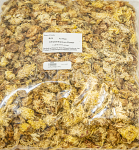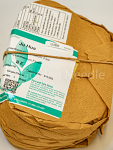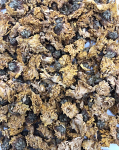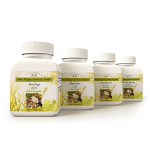Chrysanthamum Petals - Ju Hua
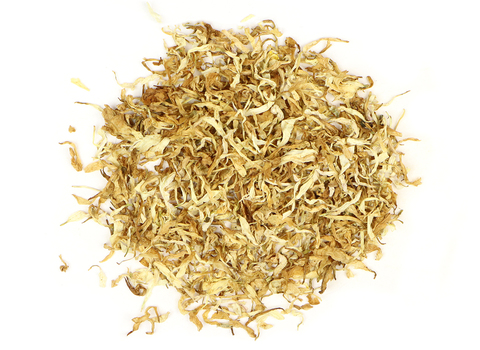
Chrysanthamum Petals - Ju Hua
| SKU | MR1144 | |
| Brand | Mountain Rose | |
| Unit Size | 1 pound | |
| Contraindications | Persons highly sensitive to ragweed (Ambrosia artemisiifolia) may be sensitive to chrysanthemum. We recommend that you consult with a qualified healthcare practitioner before using herbal products, particularly if you are pregnant, nursing, or on any medications. | |
| Recommendations | Product will ship FedEx Ground, even if Expedited is selected. Call for expedited shipping rates. |
|
| English name | Chrysanthemum morifolium | |
| Description | Chrysanthemum is commonly thought of as a charming decorative flower, however, this herb has applications beyond its beauty and pleasing aroma. In the Ayurvedic tradition, chrysanthemum has an affinity for the head and cooling effects on the mind. In India, chrysanthemum petals are occasionally combined with rose petals for an agreeable floral taste. Some of the first written Chinese texts have recorded using chrysanthemum. Chrysanthemum was traditionally used in TCM to support healthy digestion, as a gentle nervine, and for its lubricating, yin-nourishing effects. It is also employed in this traditional practice to disperse wind, clear heat, and soothe the liver. TCM uses chrysanthemum in much the same way western folk herbalists use chamomile. Both have similar uses for calming indigestion and the spirit. Chrysanthemum tea is widely popular in China and the flower can also be found in carbonated sodas or combined with licorice root. Chrysanthemum is appreciated as an ornamental garden plant. The flowers are grown indoors as an aid to clear the air. In Asian cuisine, chrysanthemum leaves are sautéed and added to vegetarian dishes. Our chrysanthemum petals are organically cultivated in India. Chrysanthemum morifolium is a perennial plant and member of the Asteraceae or sunflower family. Due to its popularity as a cultivar, it has been cross bred and hybridized. Chrysanthemum flower heads can resemble a daisy or a pom-pom and come in a variety of colors. Despite the diversity in flowers, the leaves are usually telling of the genus—thick, leathery and deciduous, appearing in the spring. Chrysanthemum leaves are alternate, pinnately lobed and toothed. Chrysanthemum flowers are most popular as a tea, either drunk alone, or blended with botanicals. The infusion is typically drunk warm after meals or as a refreshing iced beverage during warm weather. Chrysanthemum can also be powdered and blended into homemade face-masks, cleansers, toners, and various other skin care products. Also a chinese herb called Ju Hua, this plant is known to disperse and clear wind-heat; Calm the Liver and clear the eyes; Calm the Liver and extinguishe wind; Resolve toxicity. |
|
| Ingredients | 100% Chrysanthemum morifolium . Certified Organic. Origin: india |
|




